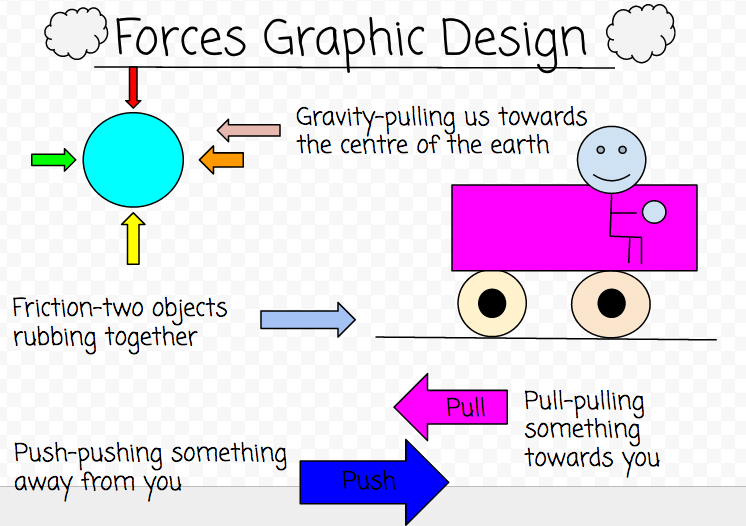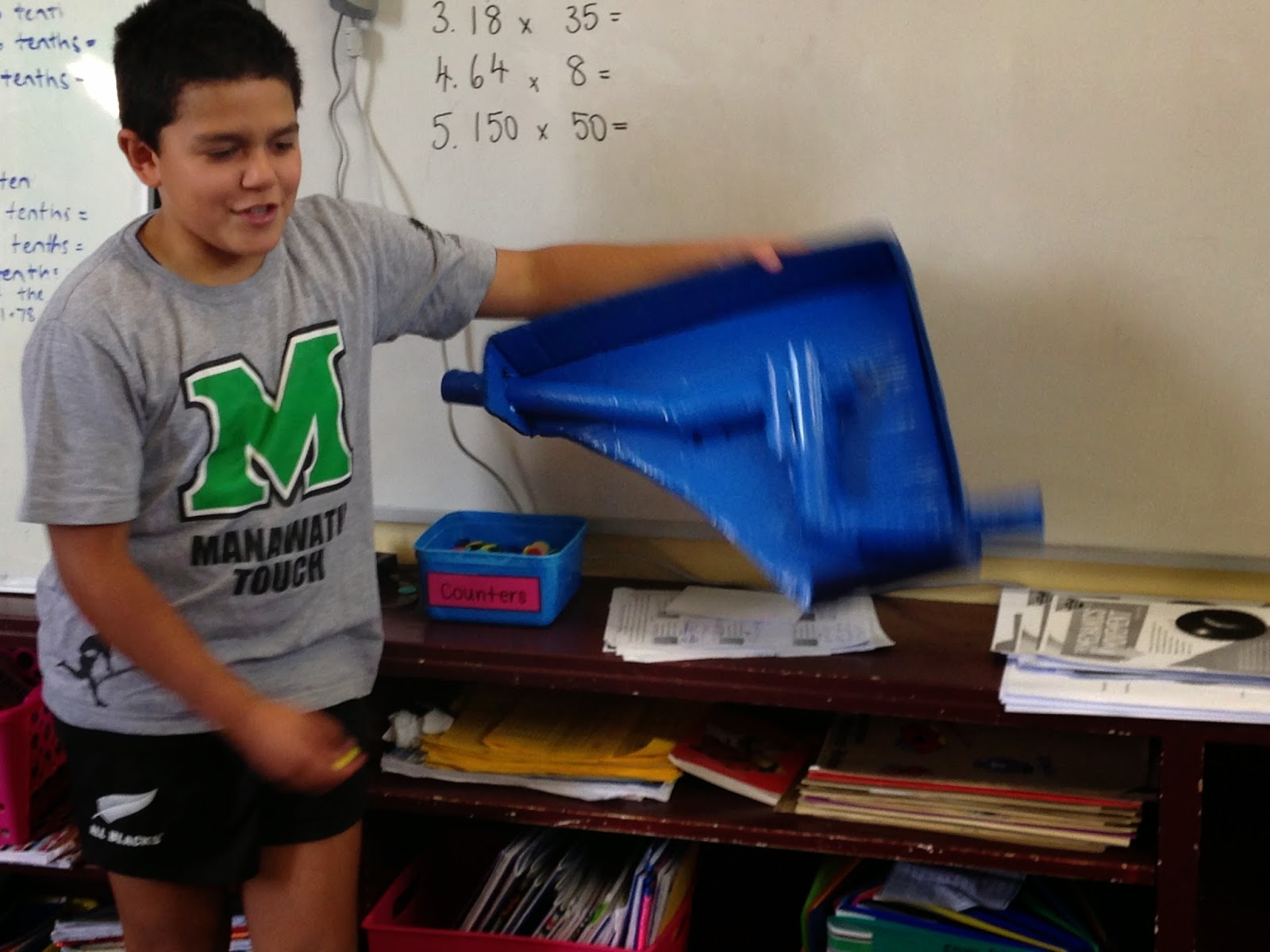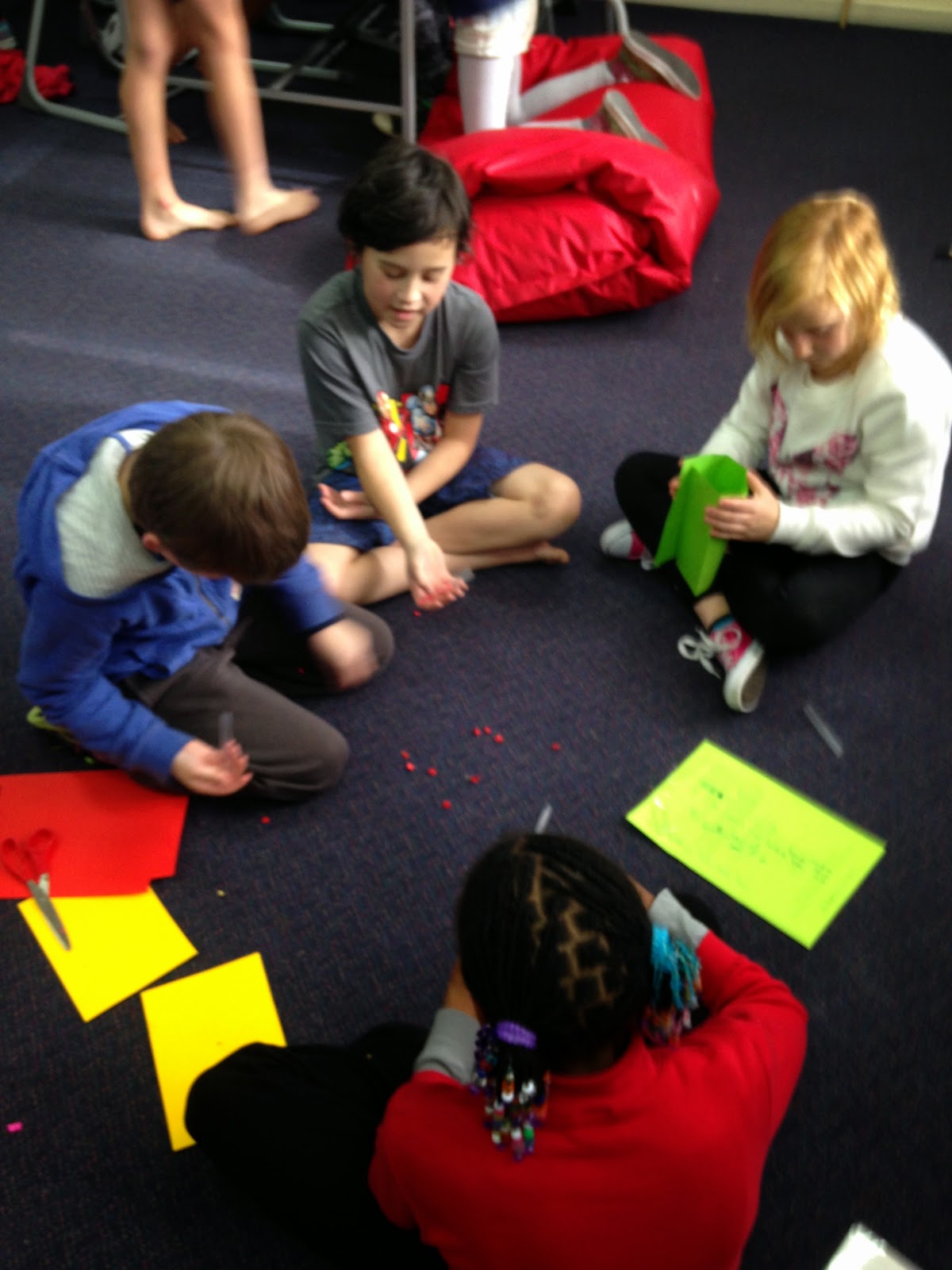The children were challenged to create their own egg parachute using only set materials.
Instructions:
You are to build a parachute that can hold 1 x egg.
You can only use: 1 x plastic bag, string (or wool), cello tape, glue and 1 x A4 piece of paper.
We will test your parachutes by dropping them off the senior playground.
Max successfully launches his egg parachute.

Seb wasn't so lucky as his chute failed to open.
We discussed the forces that were in action; air resistance, gravity, push and pull.
To conclude this challenge the children wrote an explanation outlining how and why the parachute works.
How does an egg parachute work?
By Maria Bebb
An egg parachute is a small homemade parachute made out of recycled materials.
The parts of an egg parachute include: a canopy (a plastic bag), an egg, 8 equal pieces of string and an egg holder.
The canopy is designed to inflate when the parachute is dropped, for a slow and safe landing. The strings are connected to the canopy and the egg holder so that they stay connected. The egg holder is made for holding the egg for cushioning and so it doesn't fall out so it makes the egg have a safe landing so that it doesn't crack, which is the main purpose of the excerise/task: to try and make the egg have a safe landing which means no cracks and no splatters.
There are multiple forces at work while the parachute is in action: push is used when gravity is pushing the parachute up, pull is used when air resistance keeps the parachutes up. These are opposing forces which makes it go down slowly but gravity is the stronger force which is why the parachute goes down instead of up. Even though it goes down slowly because of air resistance, if it didn't have air resistance the parachute would shoot straight down to the ground.
The reasons for failed experiments (splattered or cracked eggs) can be: because the egg holder is unstable; poorly made or uneven pieces of string are connected to it, lack of cushioning, no cover i.e open sides, too small parachutes or paper parachutes. If the parachutes were too small then the paper/plastic wouldn't catch the air fast enough and it would shoot straight down. We discovered that paper parachutes didn't work as well as plastic bag parachutes/canopies.
#wethinklikescientists

















































